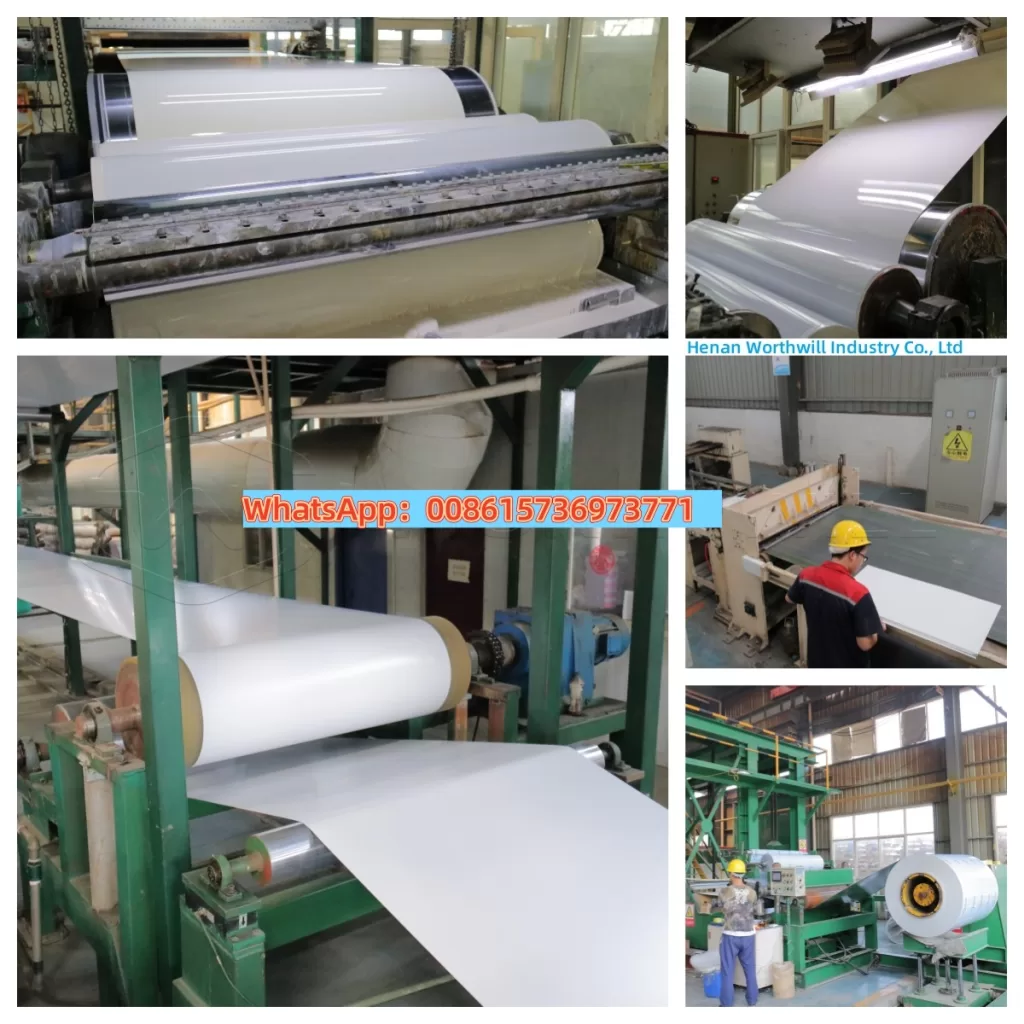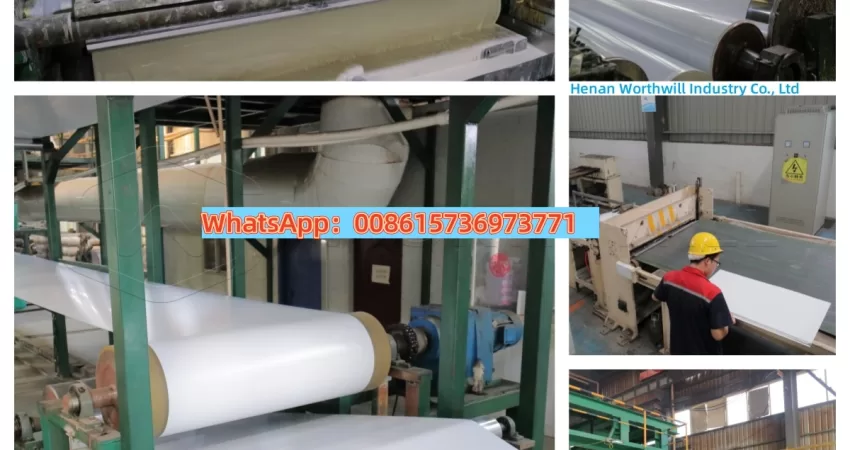Protect Your Metal Surfaces from Extreme Heat
If you’re working with aluminium that gets really hot, regular paint simply won’t do. It will bubble, crack, and fail quickly. That’s where aluminium high temperature paint comes in. This specialized paint is designed to withstand extreme heat, providing a protective and decorative finish that lasts. Whether it’s for engine parts, exhaust systems, or industrial machinery, using the right high temperature paint is crucial for both performance and appearance.

The Challenge of Extreme Heat on Aluminium
Aluminium is a fantastic metal: lightweight, strong, and corrosion-resistant. However, when exposed to high temperatures, ordinary paints and coatings break down rapidly. The organic compounds in standard paints cannot cope with intense heat, leading to discoloration, blistering, and peeling. This not only looks bad but also leaves the underlying aluminium unprotected from the elements and potential corrosion. Therefore, a specific high temperature paint for aluminium is essential to prevent these issues and ensure long-term durability.
How This Specialized Paint Works
Aluminium high temperature paint is specially formulated with heat-resistant resins and pigments, most commonly based on silicone or ceramic compounds. These materials can withstand temperatures far beyond what standard paints can handle. When applied and cured, this paint forms a tough, flexible barrier that resists thermal degradation. It helps to prevent oxidation and corrosion of the aluminium surface even under continuous high heat, ensuring that your parts remain protected and maintain their aesthetic quality.
Advantages of Using High Temperature Paint on Aluminium
Choosing high temperature paint for aluminium offers several significant benefits:
- Superior Heat Resistance: It protects aluminium from extreme temperatures, preventing peeling, cracking, and blistering that common paints would experience.
- Corrosion Protection: Forms a barrier against moisture, chemicals, and other corrosive elements, extending the lifespan of your aluminium parts.
- Enhanced Aesthetics: Keeps surfaces looking new and can withstand heat cycles without fading or changing color significantly.
- Increased Durability: Provides a hard-wearing finish that resists abrasion and impact, crucial for demanding environments.
Choosing the Right Heat Rating and Finish
Aluminium high temperature paint comes in various formulations, each designed for different temperature thresholds and applications. Understanding these specifications is key to selecting the perfect product:
| Temperature Rating | Typical Uses | Common Colors | Finish |
|---|---|---|---|
| Moderate Heat Paint (up to 250°C / 482°F) | Engine blocks (non-exhaust), industrial casings, electrical boxes | Black, silver, limited primary colors | Satin or semi-gloss |
| High Heat Paint (up to 650°C / 1202°F) | Exhaust manifolds, turbocharger housings, motorcycle exhausts, industrial ovens | Black, silver, white, limited darker colors | Matte or flat |
| Extreme Heat Paint (up to 1200°C / 2192°F) | Rocketry components, specialized industrial furnaces, very high-performance engine parts | Usually limited to black, very dark grey, sometimes metallic silver | Predominantly matte |
Always check the manufacturer’s specific temperature ratings and recommendations.
Essential Steps Before Applying High Temperature Paint
Proper surface preparation is paramount for the successful adhesion and longevity of aluminium high temperature paint. Do not skip these crucial steps, as poor preparation will lead to paint failure.
- Cleaning: Thoroughly clean the aluminium surface. Remove all grease, oil, dirt, and any existing rust or loose paint. Use a strong degreaser and a wire brush if necessary. Rinse with water and allow to dry completely.
- Sanding/Abrading: Lightly abrade the surface with 180-220 grit sandpaper or a Scotch-Brite pad. This creates a profile for the paint to grip. For bare aluminium, an etching primer might be recommended by the paint manufacturer. Wipe clean with a tack cloth or solvent to remove all dust.
How to Apply Aluminium High Temperature Paint Effectively
Once your aluminium surface is meticulously prepared, you can begin applying the high temperature paint.
- Priming (if needed): Some specialized high-temperature paints require a specific high-temperature primer. Always follow the manufacturer’s advice. If using a primer, apply it in thin, even coats.
- Painting: Apply 2-3 thin, even coats of the aluminium high temperature paint. Avoid thick coats, as they can lead to bubbling or uneven curing. Allow adequate flash-off time (usually 5-10 minutes) between coats. For best results, use a spray application, ensuring a smooth, consistent finish.
- Curing: This is the most critical step for high temperature paint. Many heat-resistant paints require a specific curing process, often involving gradual heating. This might mean baking in an oven or running the component at increasing temperatures. For example, a typical curing schedule might be: 30 minutes at 150°C (300°F), then 30 minutes at 200°C (390°F), and finally 30 minutes at 250°C (480°F). Always follow the specific curing instructions provided by your paint manufacturer precisely to achieve maximum heat resistance and durability.
Where to Use Aluminium High Temperature Paint
Aluminium high temperature paint is indispensable for items that get hot. Here are common application areas:
- Automotive: Exhaust systems, manifolds, headers, turbocharger housings, engine blocks, brake calipers.
- Motorcycles: Exhaust pipes, engine components, custom parts.
- Industrial: Furnaces, ovens, heat exchangers, industrial piping, machinery components, boiler parts.
- Home & Outdoor: BBQ grills, fire pits, wood-burning stoves, fireplace inserts, outdoor heaters.
- Marine: Engine parts and exhaust components on boats.
- Specialty Projects: Anywhere aluminium needs protection from intense heat.
Expert Advice for a Flawless, Durable Finish
To get the best results when using aluminium high temperature paint:
- Ventilation: Work in a well-ventilated area or outdoors. Use appropriate personal protective equipment, including a respirator.
- Manufacturer’s Instructions: Always read and strictly follow all instructions on the paint can, especially regarding drying, recoat, and curing times.
- Test Patch: If possible, test the paint on a small, inconspicuous area or a scrap piece of aluminium first to check color, adhesion, and curing behavior.
- Optimal Temperature: Apply paint in moderate temperatures, ideally between 18°C and 25°C (65°F and 77°F), and low humidity.
- Patience is Key: Do not rush the drying or curing process. Proper curing is what gives the paint its ultimate heat resistance.
Keeping Your High Temperature Painted Aluminium Looking Good
Once your aluminium high temperature paint has fully cured, maintenance is relatively simple. For cleaning, use a mild detergent and a soft cloth. Avoid abrasive cleaners, harsh chemicals, or scrubbing pads, as these can damage the paint finish. Regularly inspect your painted surfaces for any signs of wear or damage, especially in areas of extreme heat, and touch up as needed to maintain protection and appearance.
Long-Lasting Protection for Hot Aluminium
Investing in quality aluminium high temperature paint is a smart choice for any project involving heat-exposed aluminium. By meticulously preparing the surface, applying thin coats, and following the specific curing instructions, you can achieve a professional-grade finish that not only looks great but also provides unparalleled protection against extreme temperatures and corrosion. Don’t compromise on durability; give your aluminium the heat-resistant coating it deserves.
|
|
